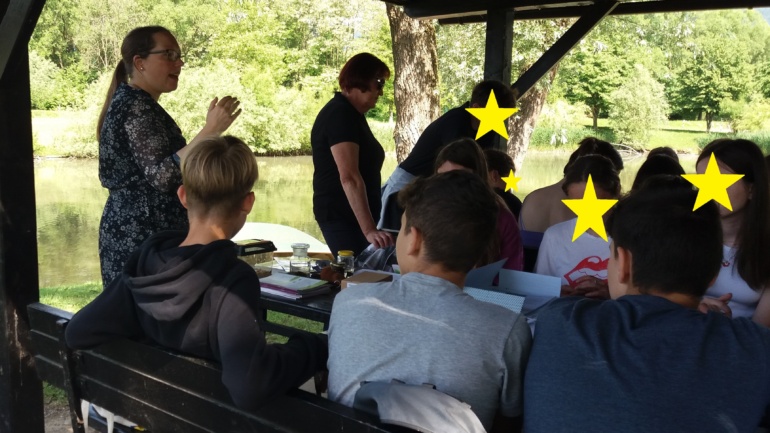At the occasion of the World Wetland Day, we must not forget that it is the beaver who has the ability to create wetland areas. Increased water levels behind beaver dam can sometimes cause the flooding of the surrounding agricultural areas. Beavers can also dig canals to have pathways where they can look for food and at the same time supply water to the neighbouring landscape.
Even-though people can often get angry due to flooding occurrences, in this way beaver creates and maintains wetland areas, which play an important part in fight against the climate change:
- Wetlands retain water, which is especially important during these times, when the droughts are prolonged and the runoff water from grasslands and fields is in the increase.
- Wetlands contribute to the decrease of greenhouse gasses in the atmosphere as they are using carbon, nitrogen and carbon dioxide (there are favourable conditions for plant growth, which use and store up the gasses).
- Wetlands protect against flooding. When the water from a river oversteps its banks and spills over a wetland area, it means that the flooding of the settlements will be reduced. Wetlands also retain water and, therefore, enable slower run-off.
- Wetlands contribute to cleaner water and work as filters.
- Wetlands are the source of water from where the groundwater, as the source of drinking water, can get its supply
- Wetlands are crucial for biodiversity, as much as 40% of world animal and plant species live and reproduce in wetlands!
Beavers offer us completely free environmental and engineering services, for which we would otherwise have to pay a substantial sum of money. What is more, for its water-way engineering, it is using natural material, without the pricey, damaging and ineffective artificial regulations (e.g. concrete).
On the video below, you can watch beaver engineering work along Lešnica brook near Otočec in Dolenjska region. The recordings were kindly presented to us by a primary school pupil from OŠ Otočec.




